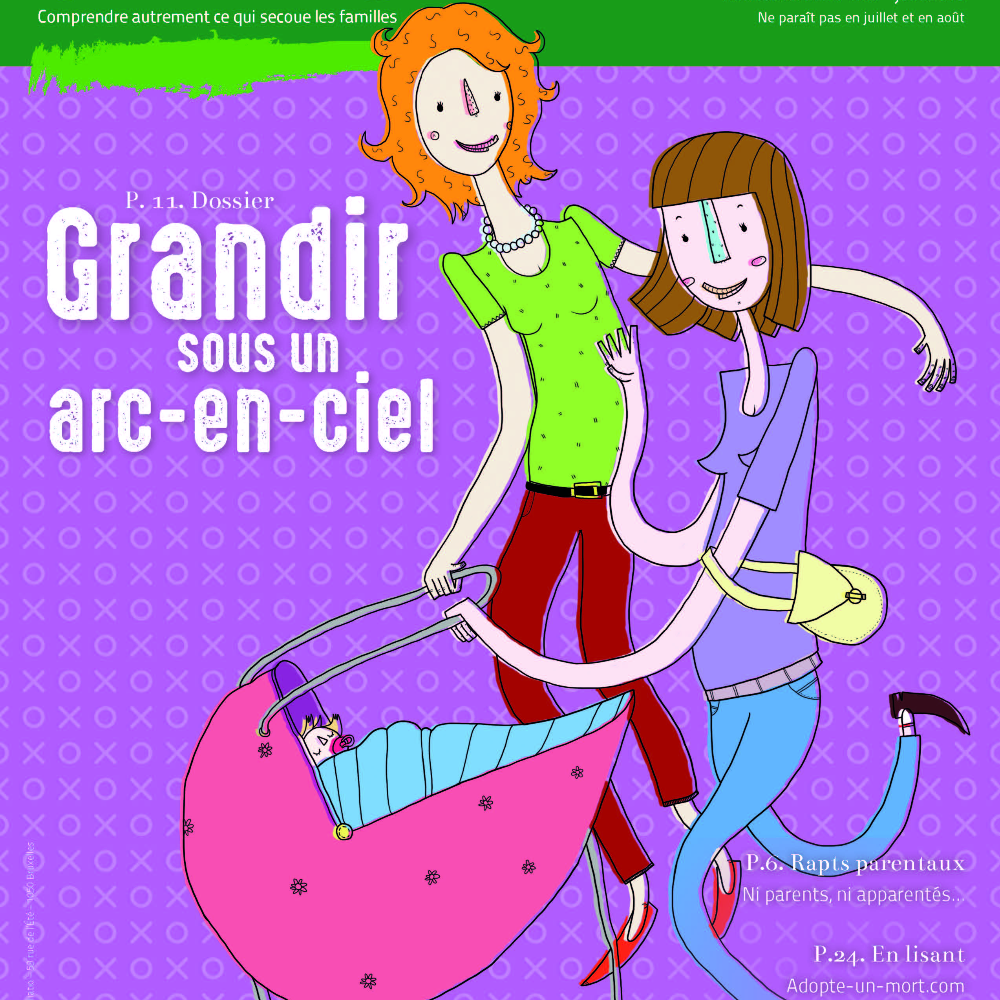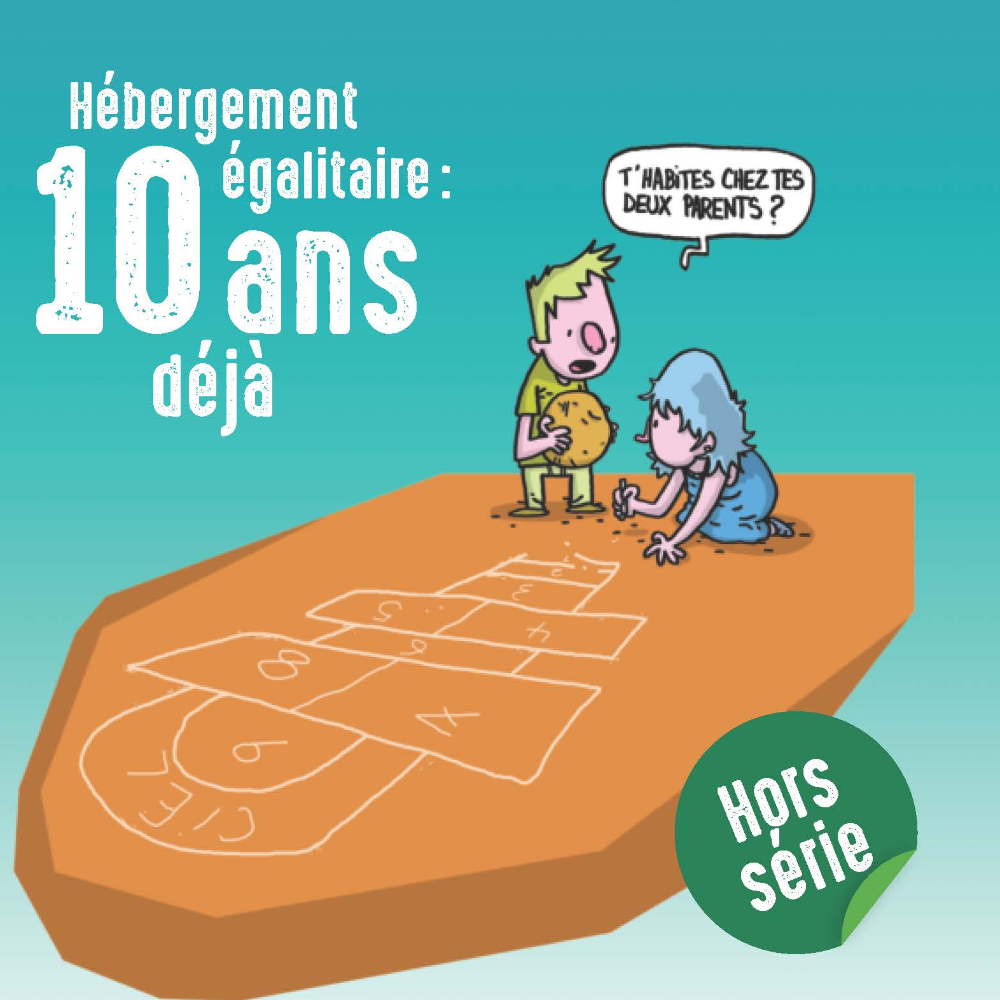> Estime de soi chez les enfants en résidence partagée et de ceux vivant d'autres formes d'hébergement - August 2017, Public health
Emma Fransson & Malin Bergström, Karolinska Institutet, Stockholm ; Jani Turunen, Stockholm University
Abstract
Objectives Parental support has been shown to be important for children's self-esteem, which in turn is related to later important life outcomes. Today, an increasing number of children in the Western world spend time in both the parents' respective households after a separation. Children who live with both parents report more parental support than children who live only with one parent after a divorce. We took the opportunity of the commonness of children sharing their time between their parents' homes in Sweden to investigate children's self-esteem in relation to family type. Study design and methods With nationally representative survey data (ULF) collected from both parents and children, we analyze differences in children's self-esteem among 4823 10-18 year olds in nuclear families, joint physical custody and those living mostly or only with one parent after a separation using ordinary least squares regression, adjusting for demographic and socioeconomic characteristics. Results We found no significant difference in self-esteem between children who lived equally much with both parents, mostly with one parent and those in nuclear families, whereas children in single care showed lower self-esteem compared with children in the other living arrangements. The difference was not explained by socioeconomic factors. Conclusion The self-esteem of children who share their time between their parent's respective homes after a separation does not deviate from that in their peers in nuclear families. Instead, those in single care reported lower self-esteem than those in the other living arrangements. These differences were not explained by socioeconomic factors. Longitudinal studies are needed to establish pre- and post-separation family characteristics that influence self-esteem and well-being in young people.
> Difficultés psychologiques des enfants en hébergement égalitaire et dans d'autres types de familles : Prise en compte des facteurs parentaux - November 2015, Scandinavian Journal of Public Health
Emma Fransson & Anders Hjern, Karolinska Institutet, Stockholm; Jani Turunen & Viveca Ostberg, Stockholm University
Abstract
Aims: Increasing proportions of Scandinavian children and children in other Western countries live in joint physical custody, moving between parents' homes when parents live apart. Children and parents in non-intact families are at risk of worse mental health. The potential influence of parental ill-health on child well-being in the context of differing living arrangements has not been studied thoroughly. This study investigates the psychological complaints of children in joint physical custody in comparison to children in sole parental care and nuclear families, while controlling for socioeconomic differences and parental ill-health.
Methods: Data were obtained from Statistics Sweden's yearly Survey of Living Conditions 2007-2011 and child supplements with children 10-18 years, living in households of adult participants. Children in joint physical custody (n=391) were compared with children in sole parental care (n=654) and children in nuclear families (n=3,639), using a scale of psychological complaints as the outcome measure.
Results: Multiple regression modelling showed that children in joint physical custody did not report higher levels of psychological complaints than those in nuclear families, while children in sole parental care reported elevated levels of complaints compared with those in joint physical custody. Adding socioeconomic variables and parental ill-health only marginally attenuated the coefficients for the living arrangement groups. Low parental education and parental worry/anxiety were however associated with higher levels of psychological complaints. Conclusions: Psychological complaints were lower among adolescents in joint physical custody than in adolescents in sole parental care. The difference was not explained by parental ill-health or socioeconomic variables.



